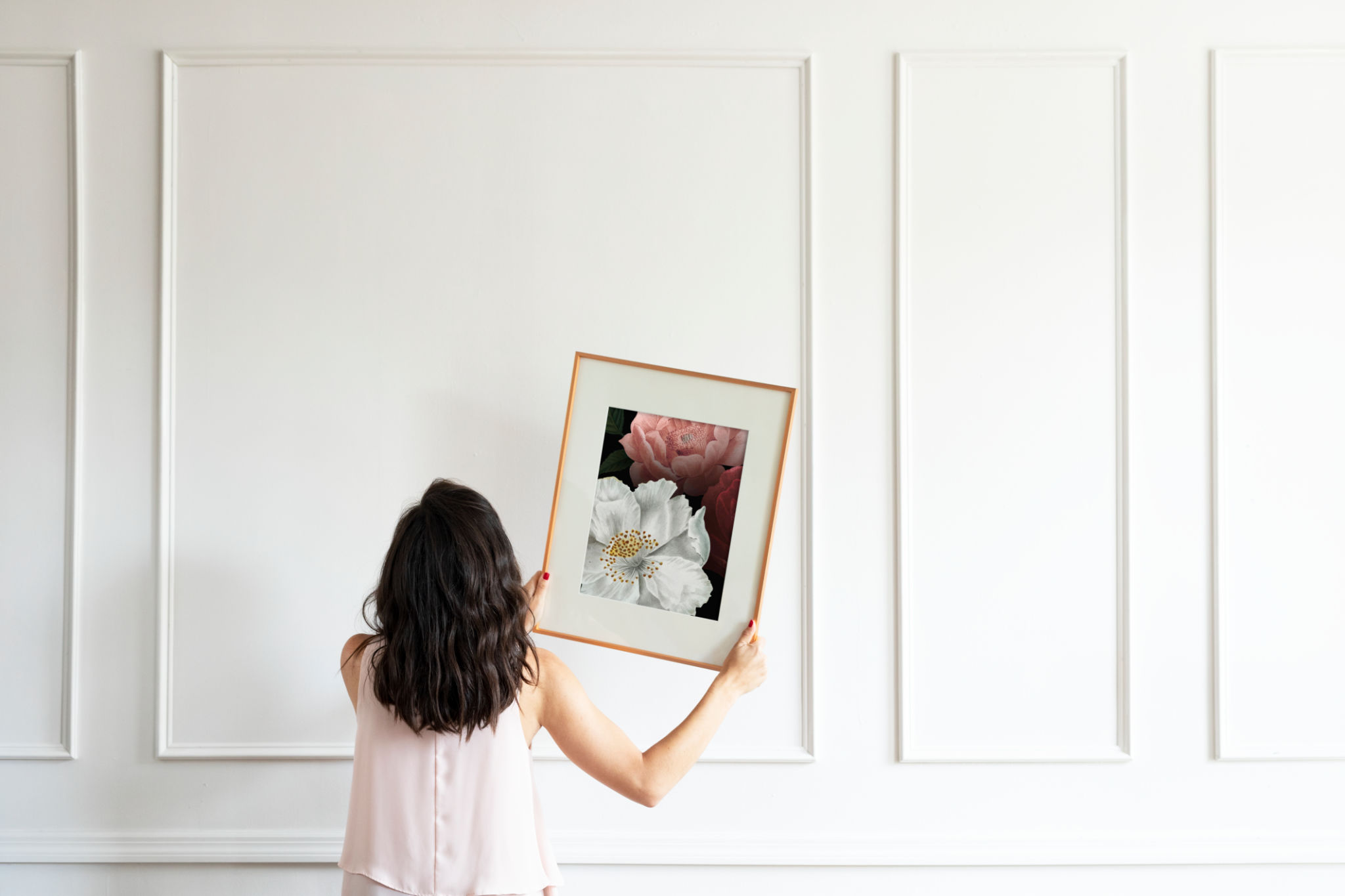From Gallery to Home: Understanding Art Installation and Care
Introduction to Art Installation
Bringing a piece of art from a gallery into your home is an exciting process that can transform your living space. However, understanding the nuances of art installation and care is essential to ensure your artwork remains a cherished part of your home for years to come. This guide will walk you through the steps of choosing the right location, proper installation techniques, and maintaining your art's condition.

Choosing the Right Location
The first step in art installation is selecting an appropriate location in your home. Consider the lighting, as natural and artificial light can affect the appearance and longevity of your artwork. Avoid direct sunlight as it can cause fading over time. Additionally, consider the room's temperature and humidity, avoiding areas like bathrooms and kitchens where fluctuations are frequent.
The artwork's scale relative to the space is also crucial. A large piece may overpower a small room or get lost on a large wall. Balance is key, ensuring that the artwork complements the space without dominating it.
Installation Techniques
Once you've chosen the perfect spot, it's time to hang your art. For optimal viewing, the center of the artwork should be at eye level, generally around 57 to 60 inches from the floor. If you're creating a gallery wall with multiple pieces, plan your arrangement by laying out the pieces on the floor first.

Using the right hardware is essential for secure installation. Wall anchors and hooks suitable for your wall type (drywall, plaster, brick, etc.) will ensure your art stays in place. For heavier pieces, consider using a professional art hanger to avoid any mishaps.
Caring for Your Artwork
Proper care is vital to preserve your art's beauty and value. Dust your artwork regularly with a soft, dry cloth to prevent accumulation. For framed pieces with glass, use a gentle glass cleaner applied to a cloth, not directly on the glass, to avoid streaking or damage.
Consider rotating your artwork periodically. This can help minimize exposure to environmental factors and keep your space feeling fresh and dynamic.

Understanding Different Art Mediums
Different types of art require different care methods. Oil paintings, for example, should be hung away from heat sources as they can cause cracking. Watercolors are best kept under glass to protect against moisture and dust.
Sculptures and three-dimensional pieces may require more specific cleaning techniques depending on materials used. Always research or consult with professionals when in doubt about how to care for particular art mediums.
Conclusion: Making Art a Part of Your Home
Art installation and care don't have to be daunting tasks. By understanding basic principles of placement and maintenance, you can enjoy your artwork as an integral part of your home decor. Remember that art is not just an object but an experience that enhances your living environment, reflecting your personal taste and style.
Welcoming art into your home is more than just decoration; it's about creating an atmosphere that inspires and comforts you every day.
